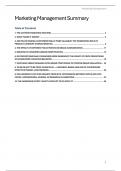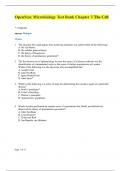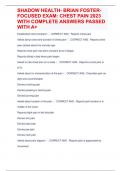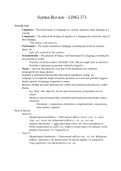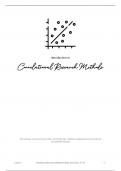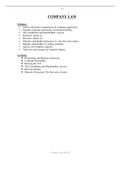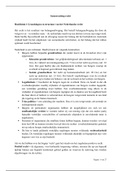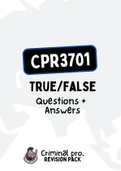Summary
Summary Literature - Marketing Management (6012S0014Y)
- Course
- Institution
The concise summary includes the ten academic articles required for the Marketing Management course exam. It covers all concepts, theories, and insights, making preparation for the Marketing Management exam more efficient and focused.
[Show more]
